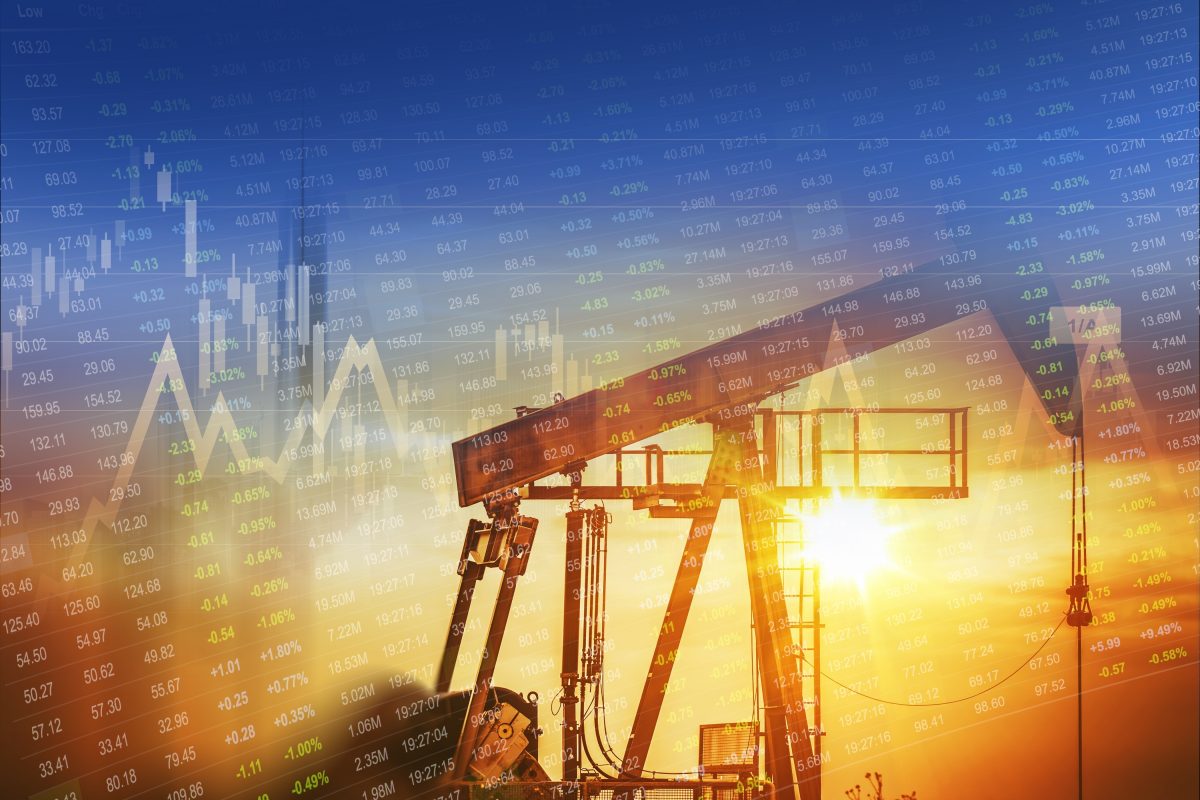It’s not that frequent that an oil markets professional has to deal with unprecedented events in the oil market any more.
Downturns come and go and that feeling of business as usual had made the market overconfident over handling a crisis.
Last year proved that we hadn’t seen it all in the oil world, many failed to see the gravity of what was coming, including oil producers, OPEC+, governments and analysts.
For me as an analyst dealing with such a major crisis was both exciting and challenging.
My immediate concern and the biggest challenge was to help best our clients who were affected by the market developments and advise them on what to expect and how to deal with it.
Seeing prices turning negative, although it was the result of a storage risk that we at Rystad Energy had been highlighting for a while, meant the discovery of a new market condition. It was an ‘Oil Everest, but in reverse’.
Oil prices not only hit rock bottom, but they also broke the rock.
At Rystad Energy, April 2020 was no usual month. It was a month when we, like many other energy-focused consultancies tried to navigate the consequences of the Covid-19 pandemic into the business.
All the departments of the company were on high alert over the rapidly changing market.
In oil markets in particular, developments are so quick, that an 8-hour working day did not apply to us for a number of weeks.
Especially on the day when oil prices went negative, everyone was on high alert. Even people who were back home from work, tuned in to see just when and where the price dip would end.
No one wanted to miss that and we formed an internal forum, where analysts, management, consultants and our media relations conferred on what to communicate to the world.
In our line of business data speaks for itself, and honoring that very principle we decided to explain what led to the negative prices, in terms of policy and fundamentals.
Negative prices were a result of the market itself postponing an action plan, thinking that the problem will go away on its own.
Producers did not want to halt production, hoping that the low prices wouldn’t last long, therefore coping with a minor loss. OPEC+ on the other hand could not immediately agree on policy due to different interests.
Meanwhile, oil storage was filling up quickly, forcing oil tankers to become floating storage.
When that bubble was about to break panic took over and traders who couldn’t take on and store any more product they wouldn’t be able to sell, tried to offload their excess commitments…. But nobody wanted to buy.
It is difficult to imagine that there are high chances to see such oil price developments again.
Negative prices, especially of that gravity, were a result of the market not being experienced and prepared for what was coming.
Most of us will remember 2020 as the year oil became a burden, rather than a money-maker, a year that is very difficult to repeat.
A pandemic is not something frequent, and although it doesn’t usually happen more than once per generation or less, it could come again.
If the world’s oil demand goes to the red again, now oil producers, OPEC and governments have the experience to deal with it, thus another round of negative prices is unlikely.
Another thing to consider, for oil, is that the energy transition may change the market so fundamentally until 2050, that even if a pandemic hits the world again, oil demand will already be quite low by then globally.
Natural gas and electricity will take center stage in the next decades, as oil declines and any future energy crisis could affect their consumption even more than oil.
As electrification will take over transport and some industrial activity, power and gas prices will be something to look for in a future crisis. And no market is prepared – or experienced enough – for such a downturn.

